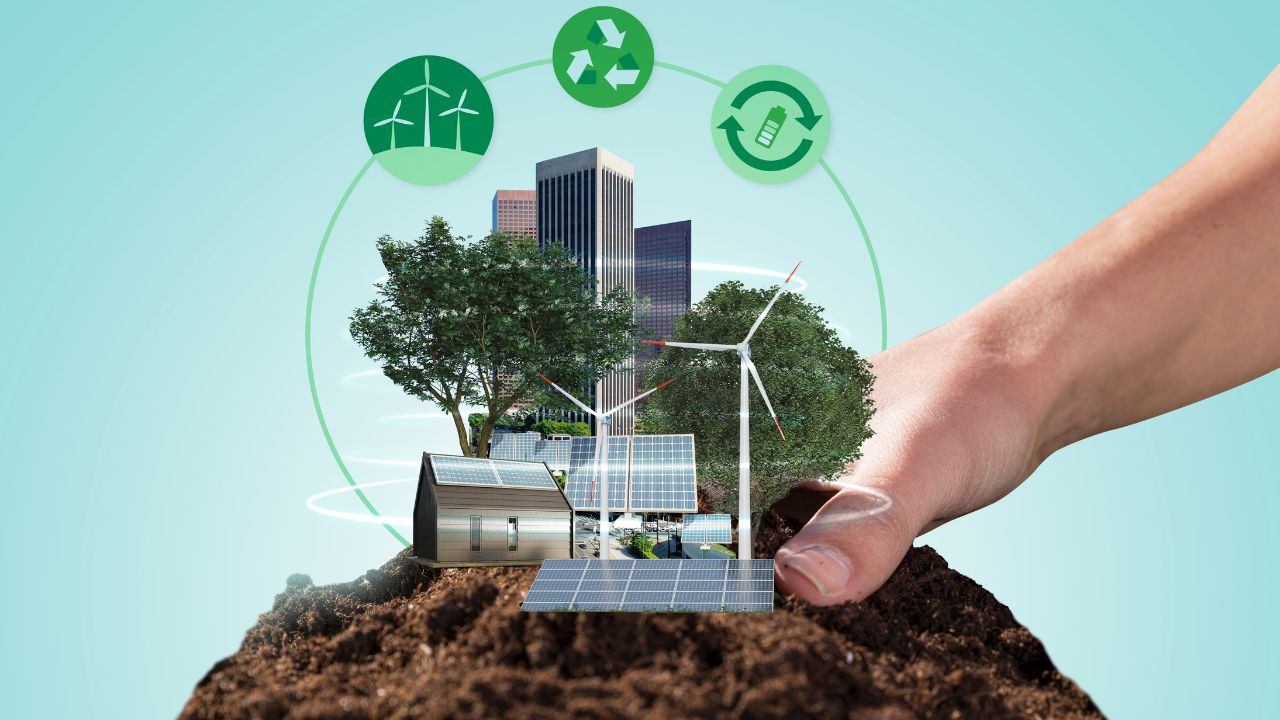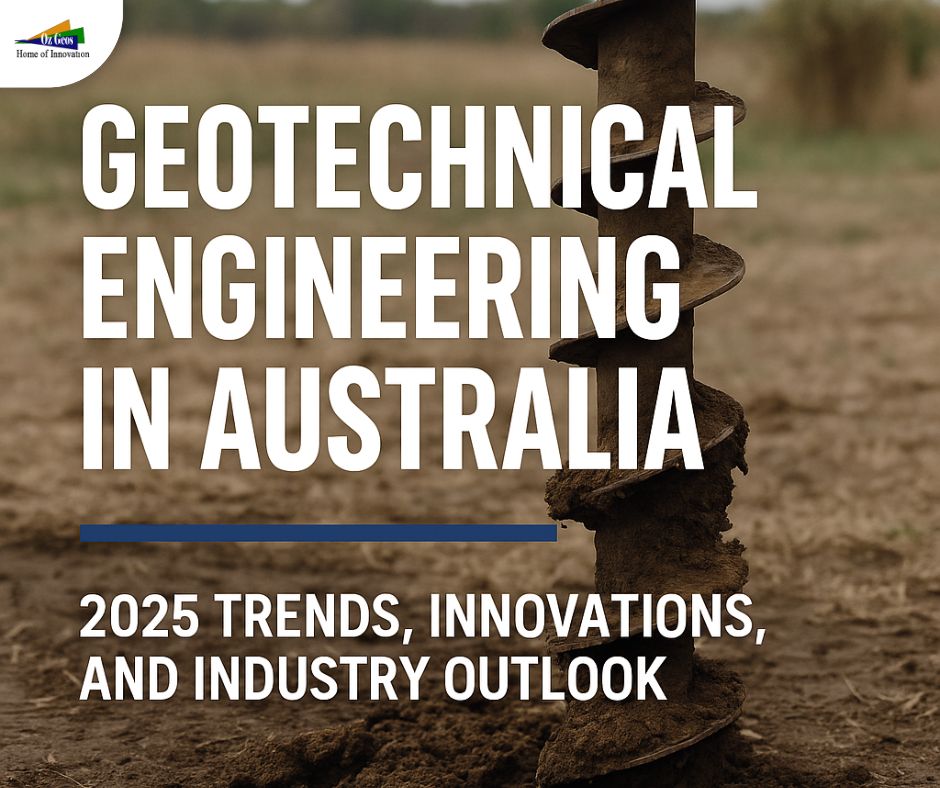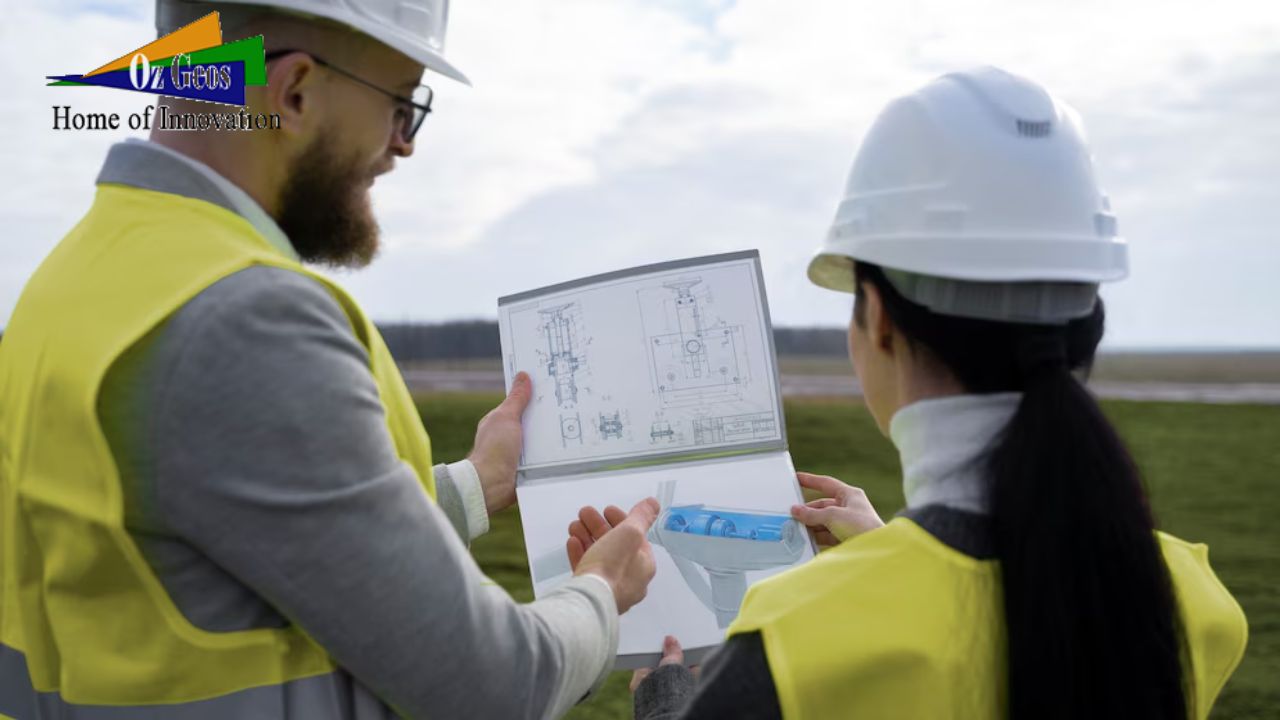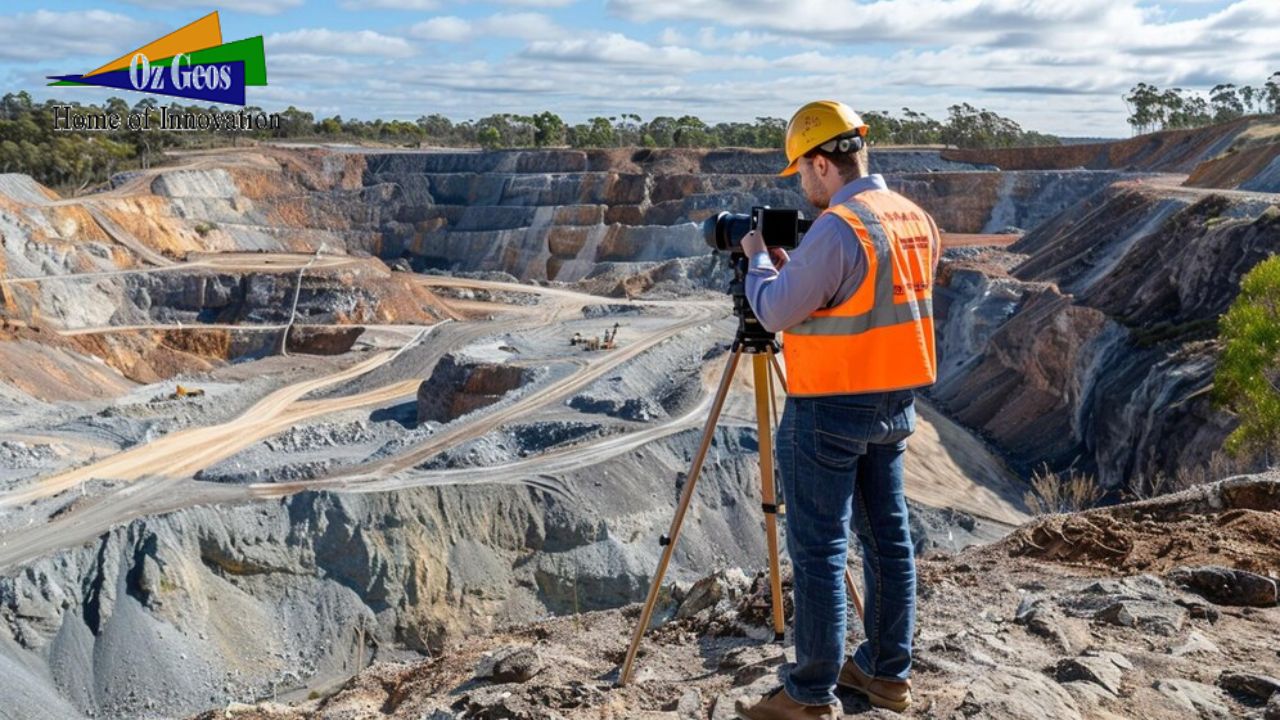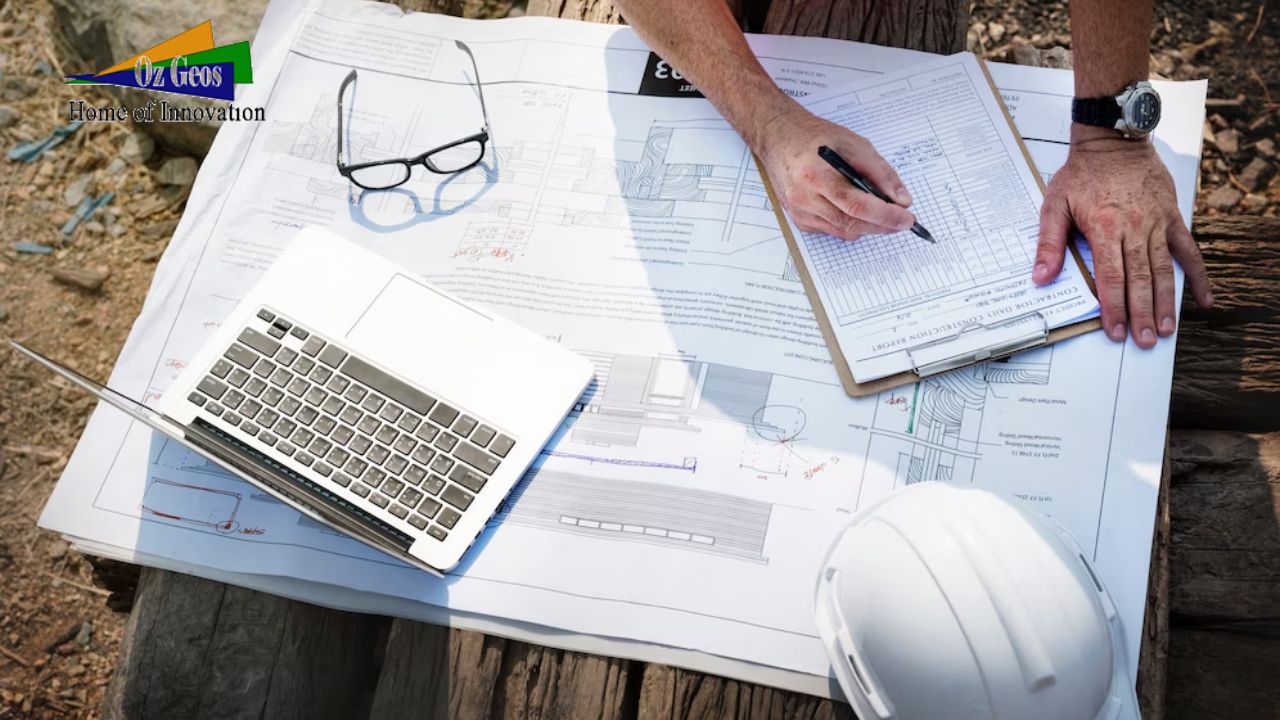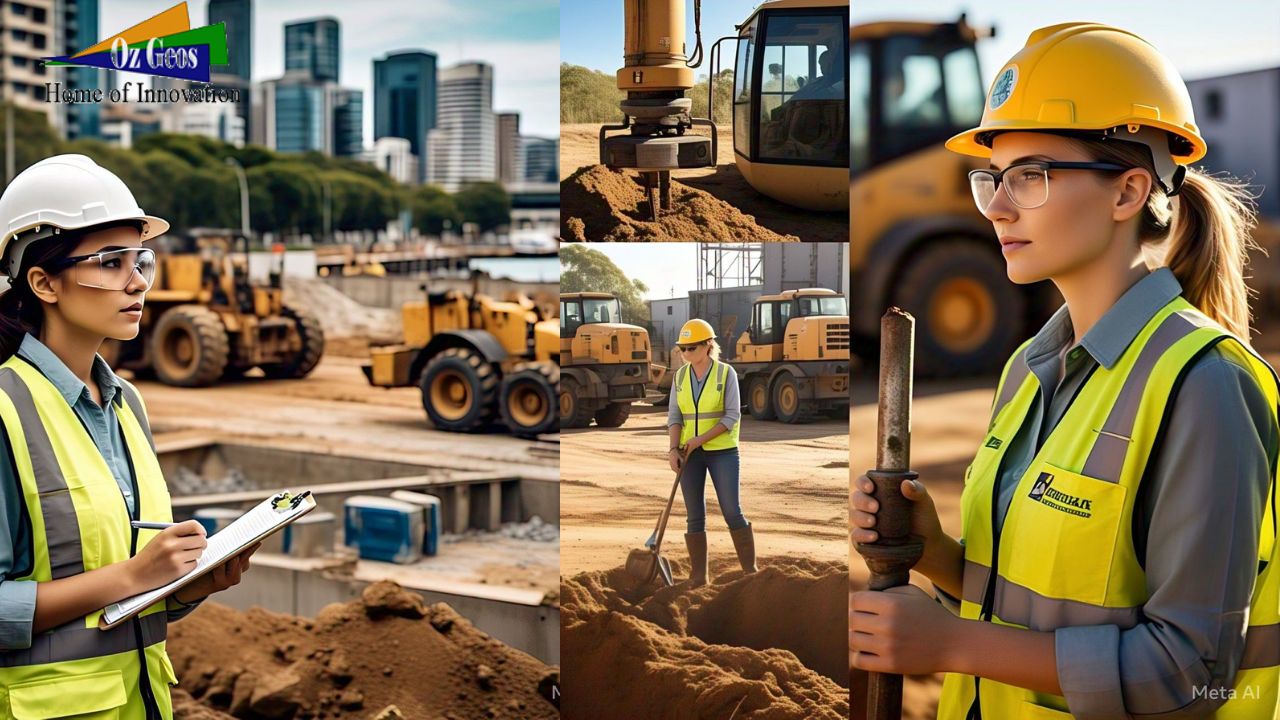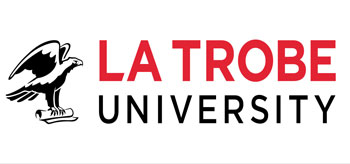Notable sustainable projects in Victoria and The shift towards ecofriendly materials
Sustainable Infrastructure Initiatives in Victoria
Victoria, Australia, stands as a beacon of innovation, clutching the shift towards eco-friendly
materials and spearheading notable sustainable projects. This article explores the
integration of artificial intelligence (AI) in conjunction with eco-friendly construction materials,
emphasizing Victoria’s commitment to a greener and technologically advanced future.
Melbourne Park Redevelopment: A Green Oasis in the Heart of the City
Melbourne Park, synonymous with the Australian Open, underwent a comprehensive
redevelopment, emphasizing eco-friendly materials and cutting-edge technologies. The
incorporation of recycled steel and AI-driven energy systems exemplifies Victoria’s
commitment to sustainability and innovation. This transformative project not only enhances
Melbourne’s sports infrastructure but also showcases the potential of blending eco-friendly
materials with AI for a harmonious urban environment.
The Green Spine: A Fusion of Nature and Artificial Intelligence
“The Green Spine,” a visionary project connecting communities in Melbourne, takes the
integration of AI and eco-friendly materials to new heights. The use of bamboo and
reclaimed wood alongside AI-driven smart infrastructure creates a sustainable corridor. This
melding of natural elements with advanced technology illustrates Victoria’s dedication to a
future where environmental consciousness and technological innovation coexist seamlessly.
Geelong Green Industrial Precinct: A Hub of Sustainability and Artificial Intelligence
The Green Industrial Precinct in Geelong showcases the integration of eco-friendly materials
with AI in an industrial setting. Sustainable construction practices, such as the use of
recycled steel, align with AI-driven systems optimizing resource efficiency. Geelong’s
commitment to balancing industry and sustainability becomes evident as it sets a benchmark
for regions worldwide, demonstrating the viability of an eco-friendly, technologically
advanced industrial landscape.
The Docklands: AI-Enhanced Sustainability by the Waterfront
Victoria’s Docklands precinct not only exemplifies sustainable waterfront living but also
integrates AI for enhanced environmental management. Buildings constructed with ecofriendly materials are complemented by AI-driven systems that monitor and optimize energy
consumption. This dual approach ensures that the Docklands remains a sustainable urban
space while harnessing the power of AI for efficient resource utilization.
Ballarat’s Renewable Energy Park: AI-Optimized Clean Energy Generation
Ballarat’s Renewable Energy Park pioneers the integration of AI in renewable energy
alongside eco-friendly construction materials. The wind turbines and solar farms,
constructed with sustainable practices, are equipped with AI systems that optimize energy
output. This synergy between eco-friendly materials and AI technology positions Ballarat as
a model for sustainable energy solutions, showcasing the potential for clean energy
generation.
Victoria’s Sustainable Vision: A Holistic Fusion of Eco-Friendly Materials and AI
These notable sustainable projects in Victoria underscore the region’s holistic vision of
combining eco-friendly materials with artificial intelligence. The shift towards sustainable
practices, notable projects, and the integration of AI signifies Victoria’s commitment to a
future where technology and environmental sustainability go hand in hand. As Victoria
continues to evolve as a sustainable leader, it sets the stage for a global paradigm shift
towards eco-friendly, technologically advanced urban development.
Eco-Friendly Innovations in Construction Materials
In a world increasingly concerned with environmental sustainability, the construction industry
is undergoing a transformative shift towards eco-friendly materials. This article delves into
the latest innovations in construction materials, with a focus on recycled steel, bamboo, and
reclaimed wood.
Recycled Steel: Reinventing Strength
When it comes to strength and durability, recycled steel stands out as a prime example of
sustainability in construction. The process of recycling steel not only reduces the demand for
new raw materials but also significantly cuts down on energy consumption. The advantages
of using recycled steel extend beyond environmental benefits; it also proves to be more costeffective without compromising structural integrity.
Bamboo: Nature’s Versatile Gift
Bamboo, often hailed as nature’s versatile gift, is gaining popularity as a construction
material. Its remarkable strength and flexibility make it an ideal alternative to traditional
building materials. Additionally, bamboo grows rapidly, allowing for sustainable harvesting
practices. By incorporating bamboo into construction projects, builders contribute to both
environmental preservation and the creation of aesthetically pleasing structures.
Reclaimed Wood: Beauty with a Purpose
Reclaimed wood adds a touch of nostalgia to modern construction while serving a crucial
ecological purpose. Salvaging wood from old structures not only prevents unnecessary
deforestation but also repurposes material that would otherwise go to waste. The warmth
and character of reclaimed wood contribute to a unique and sustainable aesthetic in
construction.
The Green Construction Wave: A Holistic Approach
The true impact of eco-friendly construction is realized when these innovative materials are
combined. The synergies created by integrating recycled steel, bamboo, and reclaimed
wood foster a holistic approach to green construction. This approach aligns with the global
effort to reduce the carbon footprint of the construction industry.
Sustainable Infrastructure Initiatives in Victoria
Shifting our focus to Victoria, Australia, we find a region at the forefront of sustainable
infrastructure initiatives. Notable projects exemplify advancements in green architecture and
urban planning, showcasing a commitment to environmental responsibility.
Reducing the Carbon Footprint: Victoria’s Vision
Sustainable projects in Victoria are not merely about aesthetics; they are driven by a vision
to reduce the carbon footprint. The integration of eco-friendly construction materials plays a
pivotal role in achieving this vision, demonstrating that sustainability can be a driving force
behind architectural innovation.
Promoting Environmental Conservation Through Urban Planning
Victoria’s sustainable urban planning goes beyond individual projects. It extends to the
meticulous design of entire urban landscapes, incorporating green spaces and utilizing
renewable energy sources. The result is a harmonious coexistence of modern living spaces
and a thriving natural environment.
The Role of Artificial Intelligence (AI)
In Victoria’s pursuit of sustainability, the integration of Artificial Intelligence (AI) is a gamechanger. AI optimizes resource use, enhances energy efficiency, and contributes to the
overall sustainability of construction projects. Real-world examples showcase the
transformative potential of AI in creating eco-friendly infrastructure.
Challenges and Solutions in the Transition
While the benefits of eco-friendly construction materials are evident, the transition is not
without challenges. Adapting to new materials, addressing cost concerns, and ensuring
regulatory compliance are hurdles that the industry faces. However, innovative solutions and
a growing commitment to sustainability are paving the way for a smoother transition.
Future Trends: What Lies Ahead
Looking ahead, the future of eco-friendly construction materials holds exciting possibilities.
Emerging trends indicate a continued focus on sustainable practices, with advancements in
materials and construction techniques. The industry is poised for further transformation,
presenting opportunities for builders and architects to shape a greener tomorrow.
Conclusion
In conclusion, the adoption of eco-friendly construction materials represents a paradigm shift
in the construction industry. From recycled steel to bamboo and reclaimed wood, these
materials contribute to sustainability, reduce environmental impact, and redefine the
aesthetics of modern architecture. Sustainable projects in Victoria, Australia, exemplify the
successful integration of these materials, showcasing the industry’s commitment to a
greener future.

